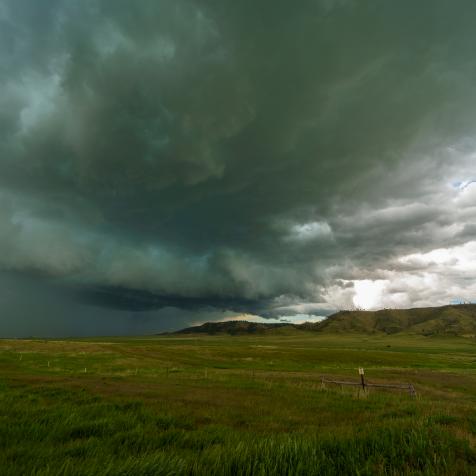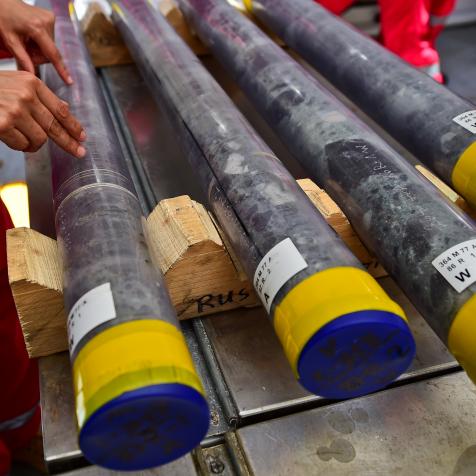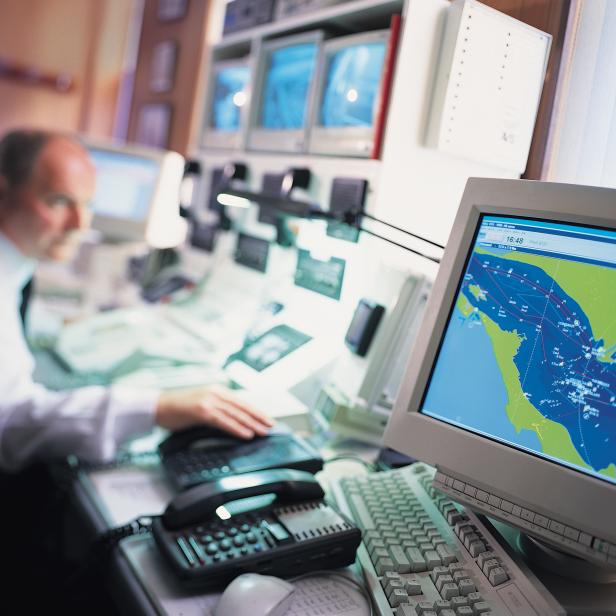
Monty Rakusen
AI Tools Help to Predict Extreme Weather and Save Lives
Predicting extreme weather events is a tricky business. Changing climate conditions have increased the frequency of severe storms, floods, and heatwaves, along with larger wildfires. As a result, scientists are using artificial intelligence (AI) techniques for more accurate forecasts that help to minimize damage and save lives.
Researchers at Pennsylvania State University have worked together with meteorologists to analyze more than 50,000 weather satellite images to quickly identify storms. They found comma-shaped cloud formations that often lead to severe weather such as hail, blizzards, high winds, and thunderstorms.
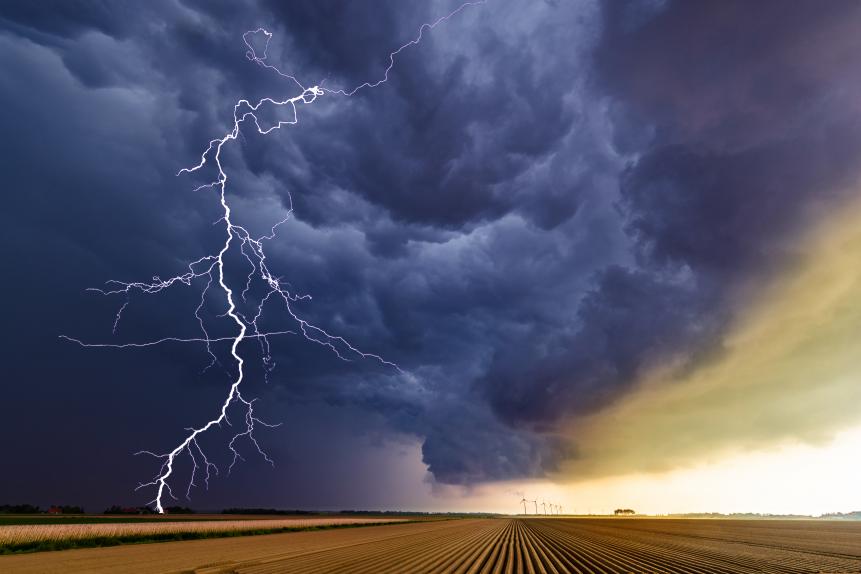
George Pachantouris
Computers were then taught using computer vision and machine learning to automatically detect these clouds from satellite images, with almost 100 percent accuracy, in less than a minute. By refocusing meteorologists’ attention on potential storm cloud formation the AI tool helped predict 64 percent of severe weather events and beat established detection systems.
Accuweather senior meteorologist Steve Wistar said it let forecasters find storm formations in a sea of cloud data. “The calling of our business is to save lives and protect property,” he said. “The more advance notice [we give] to people that would be affected by a storm, the better we’re providing that service.”
Expensive supercomputers are often used to process vast amounts of data needed for accurate weather prediction. But powerful AI methods can run on smaller computers. Climate risk and planning company ClimateAi uses a technique to downscale global weather forecasts to a local scale, cutting down on costs and computing power.
It uses a machine learning technique that pits two neural networks against each other. The neural networks – designed to work like neurons connected in the brain – fight and train each other using global weather data until they get a result.
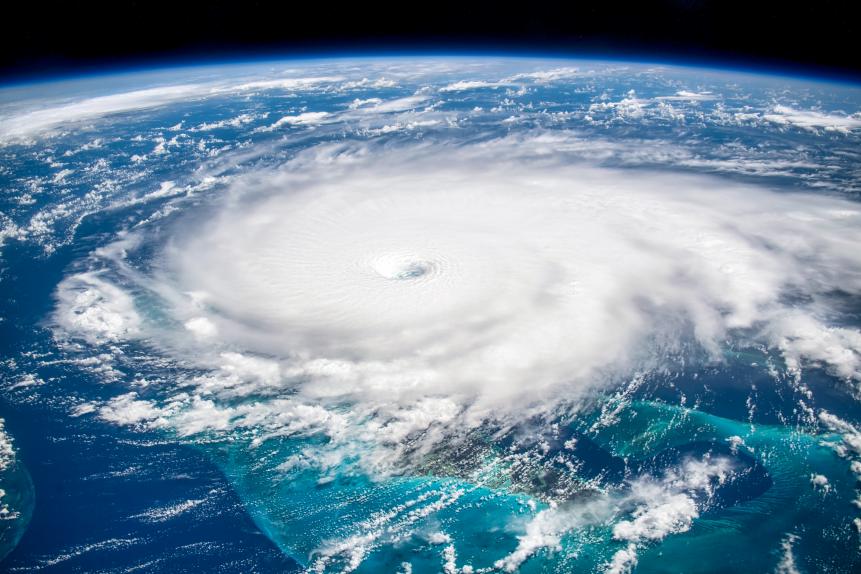
Roberto Machado Noa
Using this method ClimateAi researchers generate highly accurate and inexpensive local forecasts for hours or days ahead. And because it is not as costly, it allows poorer countries affected by climate change to use forecasts to change the way they farm, build bridges, roads, or homes, and adapt to extreme weather.
Negative impacts from climate change on weather are being felt everywhere. The US National Climate Assessment says frequent severe events will affect communities across the nation. There were 20 billion dollar weather disasters in 2021 alone, including wildfires, winter storms, floods, tornadoes, and tropical cyclones.
Data analytics and technology company DTN runs a high-resolution weather forecast service providing real-time information to New York City Emergency Management among others.
“Our risk communicators work side-by-side with NYC Emergency Management to aid the agency’s decision-making, including local forecasting down to the neighborhood level,” said DTN vice president of weather operations, Renny Vandewege. “This creates an improved ability for the city to alert residents when potential triggers are reached.”
DTN uses AI for both storm and wildfire prediction, combining historic weather information, weather models, and data on geography and topography. For energy companies that includes data on terrain, vegetation, electrical grids, and power failures, which they then use to plan for both wildfires and outages.
“Average costs associated with extreme weather events in the United States have increased steadily since 1980,” said Vandewege. “These have costly impacts on cities' basic services, infrastructure, housing, human livelihoods, and health. AI helps us to calculate that risk and can be used as a preventive measure.”















